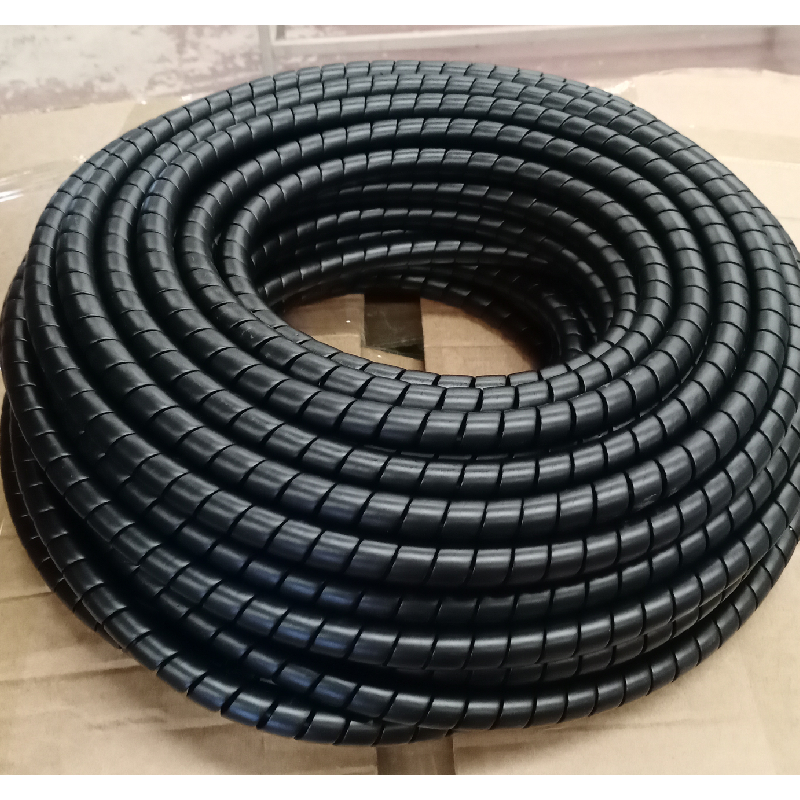High-Quality Down Pipe Connectors for Optimal Performance
Understanding Downpipe Connectors An Essential Component for Effective Rainwater Drainage
Downpipe connectors play a critical role in modern drainage systems, ensuring that rainwater is efficiently channeled away from roofs and buildings. These connectors are crucial in preventing water damage, extending the life of the structure, and maintaining a safe environment. This article explores the importance, types, and installation tips for downpipe connectors.
What are Downpipe Connectors?
Downpipe connectors are fittings used to connect vertical downpipes to horizontal drainage pipes or underground drainage systems. They facilitate the seamless flow of rainwater collected from the roof, guiding it away from the structure. Proper installation of these connectors is essential for effective drainage and to prevent issues such as flooding, erosion, and water damage to foundations.
Importance of Downpipe Connectors
The primary purpose of downpipe connectors is to ensure that water is directed away from the building. When rain falls on a roof, it drains into the gutters, which then lead to downpipes. Without proper connectors, the flow of water can be disrupted, leading to potential overflow and water accumulation around the foundation, which can lead to serious structural damage.
Moreover, downpipe connectors help in maintaining the overall hygiene of the area by preventing stagnant water, which can become a breeding ground for pests and mold. By ensuring efficient water drainage, these connectors contribute significantly to the longevity of both the building and its surrounding landscape.
Types of Downpipe Connectors
There are various types of downpipe connectors available to suit different drainage needs
1. Standard Connectors These are the most common type used in residential settings, allowing for straightforward connections between downpipes and drainage systems.
2. Swept Connectors Designed to accommodate changes in direction, swept connectors facilitate smooth transitions in water flow, preventing blockages.
down pipe connectors

3. Flexible Connectors These are particularly useful in situations where adjustments are needed, as they can bend and adapt to the layout of existing drainage systems.
4. Adaptors Used to connect different sizes or types of pipes, adaptors ensure compatibility between various drainage components, enhancing the functionality of the system.
Installation Tips
Installing downpipe connectors may seem straightforward, but certain factors must be considered to ensure optimal performance
1. Correct Sizing Before installation, it is crucial to measure the existing downpipes and drainage systems to select the appropriately sized connectors. Mismatched sizes can lead to leaks and ineffective drainage.
2. Proper Alignment Ensure that the connectors are installed in line with the flow of water. Misaligned connectors can cause blockages and water backup.
3. Sealant Use Employing high-quality sealants or adhesives at the joints can help prevent leaks and ensure a watertight connection.
4. Regular Maintenance Periodically check downpipe connectors for any signs of wear or blockage. Regular cleaning of gutters and pipes will also enhance the overall efficiency of the drainage system.
Conclusion
In summary, downpipe connectors are essential components in ensuring effective rainwater drainage. By understanding their importance, types, and installation methods, homeowners and builders can significantly mitigate the risks associated with improper drainage. Properly installed and maintained downpipe connectors can protect buildings from water damage and enhance their overall longevity and safety. Investing in quality connectors and following best practices during installation will ultimately lead to a more effective and reliable drainage system.
-
Ultimate Spiral Protection for Hoses & CablesNewsJun.26,2025
-
The Ultimate Quick-Connect Solutions for Every NeedNewsJun.26,2025
-
SAE J1401 Brake Hose: Reliable Choice for Safe BrakingNewsJun.26,2025
-
Reliable J2064 A/C Hoses for Real-World Cooling NeedsNewsJun.26,2025
-
Heavy-Duty Sewer Jetting Hoses Built to LastNewsJun.26,2025
-
Fix Power Steering Tube Leaks Fast – Durable & Affordable SolutionNewsJun.26,2025

